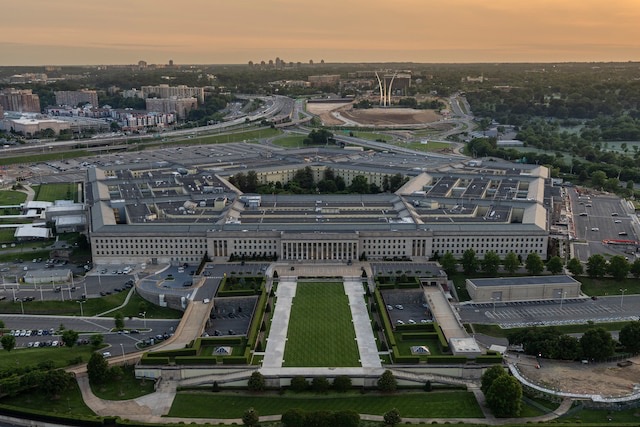Courtesy: Jim Garamone
WASHINGTON: President Joe Biden ordered the strikes in response to the Jan. 28 militia strike that killed three U.S. service members and wounded more than 40 others at Tower 22 base in Jordan. The American forces are in the region as part of the defeat-ISIS effort.
U.S. military forces conducted strikes Feb. 2 on seven facilities in Iraq and Syria and hit more than 85 targets. The facilities that were hit include command and control operation centers, intelligence centers, rockets, missiles, unmanned aerial vehicle storage and logistics, and ammunition supply chain facilities, Ryder said.
“Although we continue to evaluate, we currently assess that we had good effects and the strikes destroyed or functionally damaged more than 80 targets at the seven facilities,” the general said. “The number of casualties is still being assessed.”
Ryder emphasized that the strikes are the start of U.S. response. “There will be additional actions taken to hold the IRGC and affiliated militias accountable for their attacks on U.S. and coalition forces,” he said.
He reiterated that the United States does not seek conflict in the Middle East, “but attacks on American forces will not be tolerated, and we will continue to take all necessary actions to defend the United States.”
The Feb. 2 attacks are separate and distinct from the multinational actions taken Feb. 3, Ryder said. On Saturday, U.S. forces along with forces from the United Kingdom, Australia, Bahrain, Canada, Denmark, the Netherlands and New Zealand hit targets in Houthi-controlled areas of Yemen.
“These strikes were intended to further disrupt and degrade Houthi capabilities to conduct their attacks against U.S. and international vessels, lawfully transiting the Red Sea,” Ryder said.
Coalition forces targeted 13 locations striking 36 Houthi targets. These included buried weapons storage facilities, missile systems and launchers, air defense systems and radars. These are capabilities the Houthis use to attack international merchant and naval vessels in the region, Ryder said.
“This collective action sends a clear message to the Houthis that they will continue to bear further consequences if they do not end their illegal attacks,” Ryder said.
U.S. forces have also taken unilateral self-defense actions to destroy Houthi missile launchers loaded to the fire, and unmanned surface vessels prepared for employment, Ryder said. These weapons posed an imminent threat to merchant vessels and U.S. Navy ships in the region.
“Again, the U.S. does not want escalation, and the strikes are directly in response to the actions by the Iranian-backed Houthis. However, we will not hesitate to defend lives and the free flow of commerce in one of the world’s most critical waterways,” the general said.
The international coalition will continue efforts in the Red Sea and Gulf of Aden, Ryder said. The Houthis “live in the same physical plane that we do,” he said. “And they have a finite amount of capability. The question is: How much of that capability they want to sacrifice to a doomed cause? Because we’ll continue to diminish and disrupt that capability in the sake of working with international allies and partners to ensure that mariners can safely transit.”







